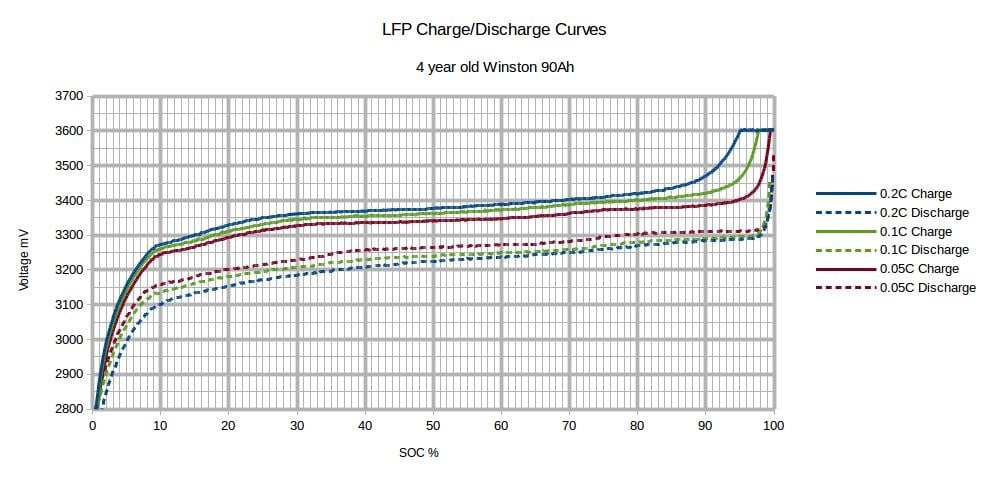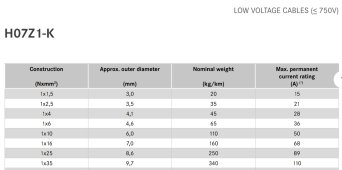That cable is not correct, the wires are too thick so high resistance and lower A, those 25mm2 are rated for less than 100A, You should use a proper cable and build the system for a single battery be able to handle all the load.
Use our DC Wire Size Calculator to know the wire size needed for your DC electric application.

www.omnicalculator.com
I used this one for all my wires.
For 50V and 100A it spits out 26,7mm2
I am way not close to capacitor capacity.
So i really hope you can explain this one to me, cous i dont think i understand it, sorry.
The inverter fuse doesn't look to be in a fuse holder, you must use one.
I will do that!
You have a good bus bar and fix de cables with wood screws, use proper metal bolts and a good isolator between the wood and copper bar.
I just did all with wood screws?
As a carpenter for over 40 years i thrust screws more than nuts and bolts.
The beam you see is screwed seperatly on the "back wood sheet"
The screws that are attaching wires to the bus bar are screwed with screws that are shorter than the piece of beam is thick
So the bus bare screws will never connect the "back wood sheet"
When i take my yr meter i can not even measure the resistance on 1cm of space on really (soaked) wet wood, not even the plywood or the beam.
oke fair is fair....a yr meter is something different than running 300A 56V to a wet piece of wood, to a short circuit
I am very curios to hear your thoughts about this one.
I will do a experiment on this one...really wet wood and just dead short the busbars....on the wet wood, the best i can hope for is some steam, so it is going to prove your theory.(i hope...better save than sorry)
The positive and negative bars are screw to the same board did you consider what could happen if you have humidity and all that energy short circuit.
I made every efford that the construction of this wall is going to be water/damp proof....
This whole room is a room in a room in a room....incl insulation and 3 times water turning. shoot how do i must explain/translate my work "slang" in to English.
Dip this one into a pond....wont leak and stay's warm?
I hope you understand, sorry for my bad english.
Like you wrote you have a lot of money in batteries so don't be cheap in the remain, build it to last and be has much has secure has you can.
That is one of the reasons i am here, to receive comments and learn....and hopefully to be able to help others with there projects.....
And i am not cheap, i make mistakes...so yes fuses of 1.25 each are going to be replaced with breakes of 8 euro each....
It must be good or i wont do anything.....





